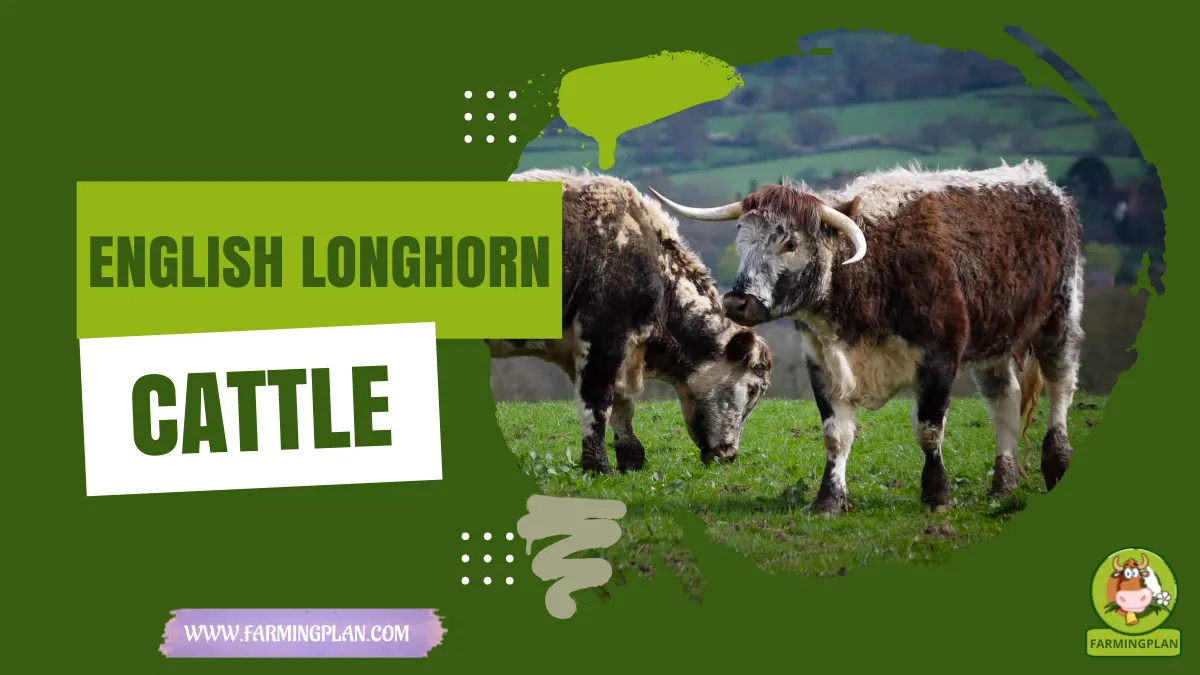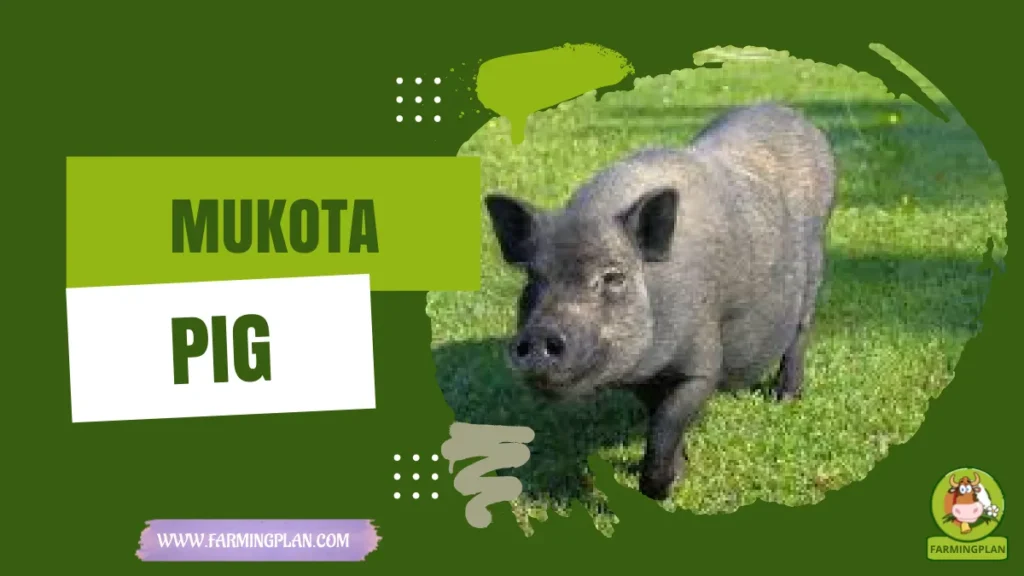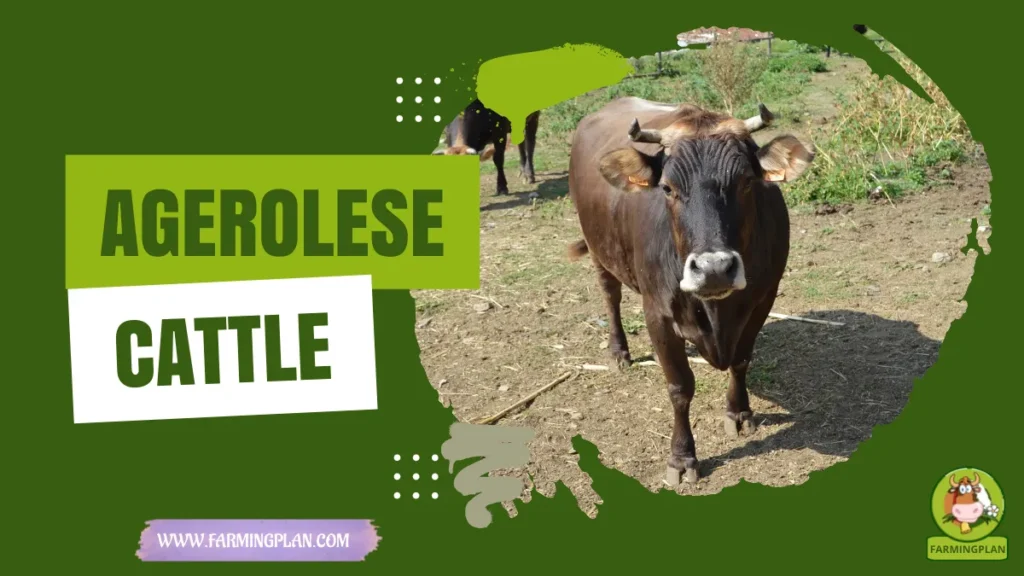Let me introduce you to one of my all-time favorite heritage breeds—the English Longhorn Cattle. With their sweeping horns, patchy coats, and calm demeanor, these cattle are more than just a pretty face. They’ve got history, personality, and practical value for farmers and breeders alike. I’ve had the joy of working with English Longhorns, and I can tell you—whether you’re after sustainable beef, a pasture companion, or simply a piece of living history, this breed delivers. In this article, I’ll walk you through everything I know and love about these classic cattle—from their origin story to daily care. Stick with me, and you’ll see why the English Longhorn is still winning hearts and fields today.

History & Origin of English Longhorn Cattle
The English Longhorn has one of the most storied pasts of any cattle breed. They’re native to England, where they were developed in the 18th century by none other than Robert Bakewell, a name you might recognize from livestock breeding history. Bakewell was a revolutionary thinker who created the Dishley Longhorn, a carefully bred type known for its meat quality and work power.
Before that, the breed had already been used for centuries as a dual-purpose animal for both milk and draught work. The old strain was often called the Old English Longhorn, with heavy frames and those signature, down-curving horns. In time, with modern farming favoring faster-growing breeds, Longhorns saw a steep decline. By the mid-20th century, they were close to extinction.
Thanks to efforts by the Rare Breeds Survival Trust and the Longhorn Cattle Society, they’ve made an impressive comeback. Today, these cattle are celebrated as a rare breed, valuable for conservation and sustainable farming. What I admire most is how these cattle carry centuries of history in their genes. When you raise Longhorns, you’re not just farming—you’re preserving a piece of living heritage.
Read More: Australian Spotted Duck – A Charming Backyard Treasure
Characteristics of English Longhorn Cattle
You can spot an English Longhorn Cow or Bull from across the field—no kidding. They’ve got this iconic look: long, wide horns that sweep out and curve downward, plus a striking brindled coat. Their coat colors vary from red to brown to gray, often flecked or speckled with white. It’s like Mother Nature painted them with a brush full of autumn.
Longhorns are medium to large-sized cattle. Cows usually weigh around 1,100 to 1,300 pounds, while bulls can reach 2,000 pounds or more. Despite their size, they move with grace and ease across any terrain. They also have a broad forehead and a somewhat straight back—ideal for carrying muscle and fat evenly.
Their tails are long and tufted, their hooves strong and sturdy, and they’ve got a frame made for endurance. Another big plus? They produce high-quality beef that is marbled and tender. Even the hides are valued for their rugged texture and unique color patterns. In short, Longhorns are a package deal—beautiful, functional, and downright historic.
Nature & Temperament of English Longhorn Cattle
If you’re nervous about handling cattle, the English Longhorn might be just the breed for you. These animals are known for their gentle, docile nature. I’ve worked with lots of breeds, but few are as easygoing as a Longhorn. They’re calm around people, easy to manage, and rarely aggressive—even the bulls. This calm nature makes them ideal for small farms, educational settings, or for families who want livestock without the drama.
They’re social animals, and they get along well with herd mates. You’ll often find them lounging together in the shade or calmly grazing side by side. Longhorns are also intelligent. Once they know their routines and handlers, they’ll respond to calls and even follow you around the pasture. But like any animal, they need time to bond and build trust. What really sets them apart for me is their quiet strength. They’re calm but confident, mellow but mighty. A perfect balance of brains and brawn.
Food & Diet of English Longhorn Cattle
Feeding English Longhorn Cattle is straightforward, which is one reason they’re loved by low-input farmers. These cattle are excellent foragers, thriving on rough pasture, hay, and natural vegetation. They can even handle scrubland and moor areas other breeds might avoid. I typically feed mine on rotational pasture for most of the year, with hay and mineral supplements during winter.
Longhorns don’t need fancy feed mixes unless you’re preparing them for show or sale. But they do need constant access to clean water and salt blocks to stay healthy. Grain feeding is optional, depending on your goals. If you’re raising beef for market, introducing grain in the final months can help boost weight and marbling. Just avoid overfeeding—it can lead to bloat or metabolic issues. Healthy feeding = happy cattle. Trust me; Longhorns show happiness in their body condition and calm behavior.
Here’s a quick list of dos and don’ts:
- Do provide roughage-rich pasture or hay
- Do offer trace mineral supplements
- Don’t feed moldy or overly rich silage
- Don’t change feed types abruptly
Read More: Limousin Cattle – Powerful, Profitable & Proven
Usage & Purpose of English Longhorn Cattle
The English Longhorn is a multi-purpose marvel. Traditionally used for milk, beef, and draft work, today they shine mainly as a premium beef breed and a heritage conservation icon. Their beef is top-tier—rich, well-marbled, and flavorful without excessive fat. Chefs and foodies love Longhorn beef for its taste and tenderness, making it a popular niche product.
Some breeders raise them specifically for grass-fed or organic markets. Though not as widely milked today, Longhorn cows can still produce decent milk yields, especially when raising calves. Their milk is high in butterfat, which makes for rich cream and cheese. They’re also a great choice for land management and regenerative grazing. Because they’re hardy and adaptable, they help maintain pastures naturally. And let’s not forget their value as show cattle. Their beauty, poise, and calm demeanor make them crowd-pleasers at agricultural fairs and livestock events.
“Nothing Beats The Calm Strength Of A Longhorn Grazing Peacefully Under The Sun.”
Special Features of English Longhorn Cattle
English Longhorns have a few unique tricks up their (hairy) sleeves. First up—the horns. Unlike most cattle breeds, their horns grow outward then curve down, giving them a truly distinctive silhouette. Both bulls and cows carry these impressive horns. They also have an unusual white “lineback” marking, often tracing a stripe down the back or flanks.
It’s a breed trait you won’t miss. One of their best-kept secrets? They’re resistant to disease. Longhorns have strong immune systems, and they cope well with cold, wet climates thanks to their thick hides and natural instincts. I once had a cow live happily past 18 years, still healthy and calm as ever. If that’s not a special feature, I don’t know what is.
They’re also known for:
- Long lifespan (often 15–20 years)
- Calving ease (fewer birth complications)
- Low maintenance needs
Health Issues & Prevention of English Longhorn Cattle
English Longhorns are hardy, but that doesn’t mean they’re immune to problems. Like all cattle, they can face issues such as:
- Bloat
- Worm infestations
- Lameness or hoof rot
- Pink eye
- Johne’s Disease
The best prevention? Routine care and good management. I keep a regular deworming schedule and do hoof checks every few months. Clean water, dry bedding, and rotating pastures also go a long way in keeping my herd healthy. It’s also smart to vaccinate against common diseases like IBR, BVD, and leptospirosis.
Watch for signs like:
- Sudden weight loss
- Lack of appetite
- Limping
- Runny eyes or nose
Always consult your local vet for the right vaccination program. Catching issues early can save a cow’s life—and save you a lot of money and heartache. Longhorns rarely get sick, but they deserve the same care as any top-tier breed.
Step-by-Step Farming Guide of English Longhorn Cattle
Raising English Longhorn Cattle is one of the most rewarding parts of my farm life. Whether you’re just starting out or adding to your herd, here’s a practical, step-by-step guide that I’ve used myself.
Step 1: Set Up Safe, Spacious Housing of English Longhorn Cattle
Start by setting up a secure, weather-resistant shelter. Longhorns don’t need elaborate barns—just a clean, dry place with windbreaks and shade. Your shelter should be big enough for your herd to lie down and move comfortably. Fencing is key. Use strong, high-tensile fencing—Longhorns are chill, but they’re big. I also like adding electric wires to discourage leaning or rubbing. Make sure gates are sturdy and wide enough for equipment access. Add mineral feeders and a fresh water source. In winter, heated water troughs help a lot. Bedding can be straw or sawdust—whatever keeps them warm and dry.
Step 2: Choose Healthy Stock of English Longhorn Cattle
Always buy from a reputable breeder or Longhorn Cattle Society-registered source. Check the health records and temperament. I always visit in person and observe how the animals interact with people. Avoid cheap deals that seem too good to be true—they usually are.
Look for:
- Bright eyes and alert ears
- Clean nose and firm stools
- Smooth gait and sound hooves
Step 3: Create a Feeding Routine of English Longhorn Cattle
Stick to consistent feeding schedules. My Longhorns graze most of the year, with hay added in cooler months. I toss in salt licks and mineral supplements to cover nutritional gaps. This helps avoid overgrazing and gives the land time to recover.
Feeding tips:
- Feed at the same time each day
- Don’t overdo grain
- Rotate pastures every few weeks
Step 4: Monitor Health and Behavior of English Longhorn Cattle
Keep track of vaccinations, deworming, and hoof trims. I use a logbook for each animal. Watch for any sudden changes—if a usually calm cow is acting off, something might be wrong. Schedule regular vet checkups, and always isolate sick animals until they recover.
Step 5: Breed With Care of English Longhorn Cattle
If you’re planning to breed, make sure your bull and cows are in top condition. Most Longhorn cows calve easily, but I keep an eye on first-timers just in case. Tag calves at birth, record their weight and note any issues. Use registered English Longhorn bulls to keep your bloodline strong and valuable.
Expert Tips & Best Practices of English Longhorn Cattle
- Use rotational grazing for healthier land and cattle.
- Register your herd with the Longhorn Cattle Society for pedigree tracking.
- Keep calm around your animals—Longhorns respond best to soft voices and slow movements.
- Always offer mineral blocks to prevent deficiencies.
- Use Longhorns for conservation grazing—they handle scrublands beautifully.
- Don’t skip on hoof care—it’s easier to prevent lameness than treat it.
FAQs
Are English Longhorns aggressive?
Nope! They’re known for their calm and friendly temperament, making them ideal for small farms and family setups.
What are English Longhorns used for?
Mainly for high-quality beef production, land conservation, and breed preservation. Some people keep them for shows or as heritage livestock.
Do English Longhorns need special care?
Not really. They’re low-maintenance compared to many modern breeds—give them proper shelter, pasture, and basic health care.
How long do English Longhorns live?
They often live 15–20 years, with some cows still calving well into their teens if kept healthy.
Are English Longhorns different from Texas Longhorns?
Yes. English Longhorns are a separate breed with downward-curved horns and a different history. Texas Longhorns are American and have more outward-pointing horns.
Conclusion
If you’re searching for a breed that’s beautiful, calm, practical, and rooted in history, English Longhorn Cattle are the perfect choice. I’ve found them to be a joy to raise—easy to manage, resilient in harsh weather, and deeply rewarding in terms of beef quality and land care. Whether you’re a hobby farmer or a seasoned breeder, there’s something truly magical about seeing those iconic horns against a green field. Ready to raise a piece of history? Please share this article, drop your questions in the comments, and join me in celebrating this rare and remarkable breed.


